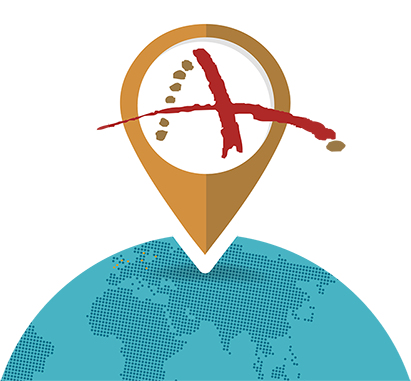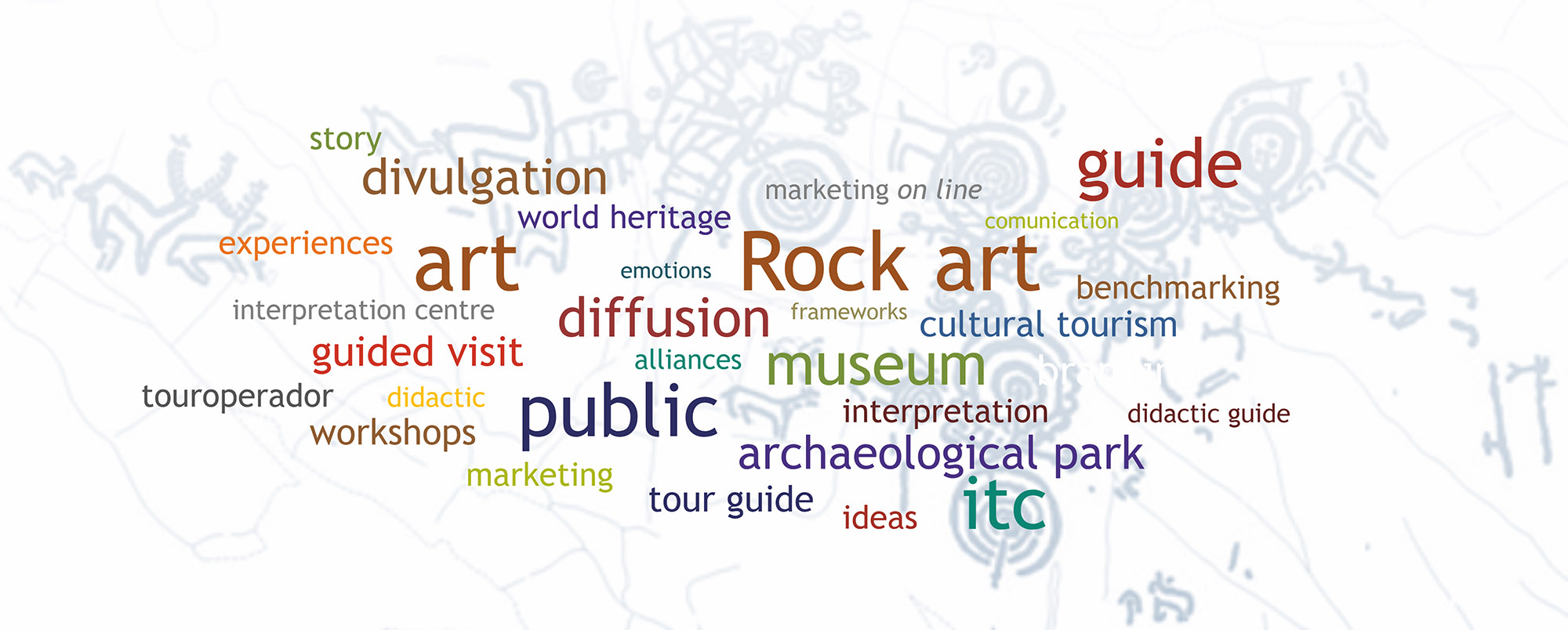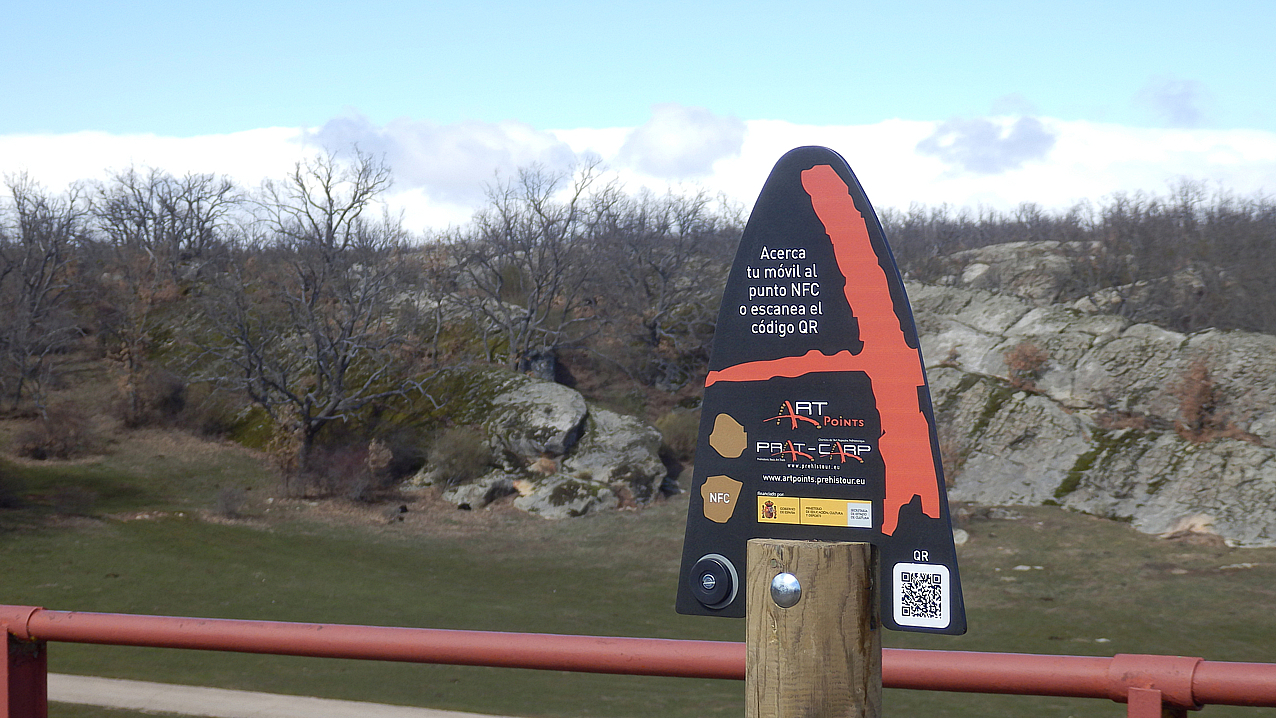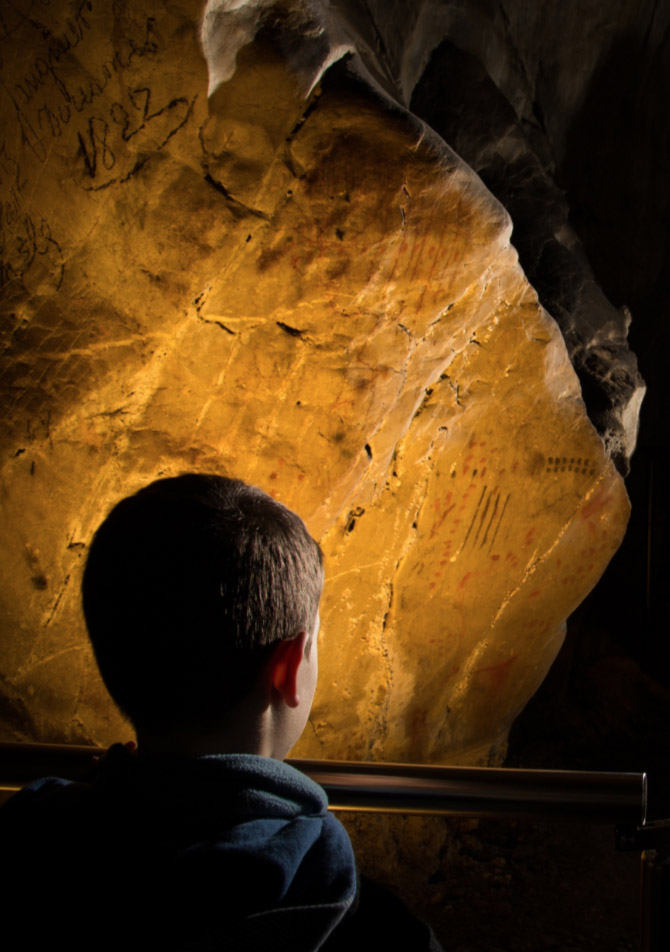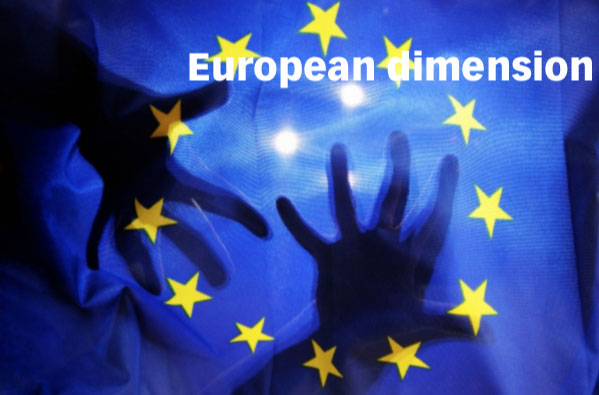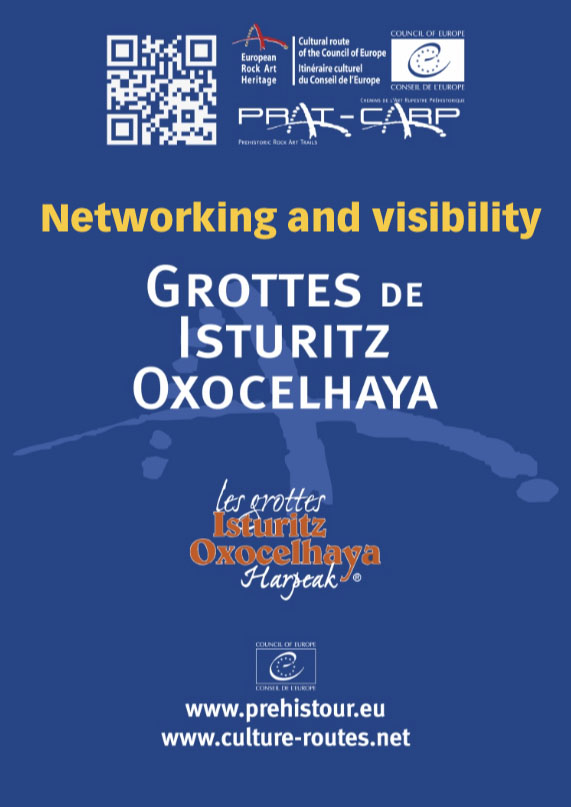ADHESION
Why is interesting to join to PRAT-CARP Association and to its European Cultural Route of the Council of Europe?
– Belong to a transnational membership network (legal association), including a European scientific committee, transnational programme of activities;
– Access to qualified contacts around Europe (researchers and experts).
 Advising and funding opportunities
Advising and funding opportunities
– Access to information on funding opportunities (European, national, local);
– Benefit from the Enlarged Partial Agreement on Cultural Routes of the Council of Europe (EPA) and European Institute of Cultural Routes letters of support for funding applications;
– Use of the label “Cultural Route of the Council of Europe” and use of the Council of Europe logo;
– Subject of regular monitoring and quality evaluation through independent expert report and recommendations if you wish obtain the brand European Rock Art Heritage (official label of the PRAT- CARP Cultural Route of the Coucil of Europe);
– Exchange and development of synergies with other members of PRAT-CARP Cultural Route; – Invitation to attend PRAT-CARP network and the Enlarged Partial Agreement on Cultural Routes Annual events: Forums, scientific and training events for managers and technicians, etc.;
– Benefit from Council of Europe and European Institute of Cultural Routes communication strategy, visibility, presentations at international events.
In addition…
– The adhesion and annual fees are very cheap and the institution gets an international brand with the support of the Council of Europe.
– Rock Art destinations can obtain the quality label: European Rock Art Heritage. It is a quality mark for Cultural Heritage and Tourism. -Visibility andprestigeattheinternationallevel.
– Workshops and Training programs. – Several joint activities. – Well positioned and with association to apply for European calls and funds (Horizon, Interreg, Cosme, Erasmus …)
– PRAT-CARP Association has access to several European institutions and to the member states of the Cultural Route Programme of the Council of Europe.

